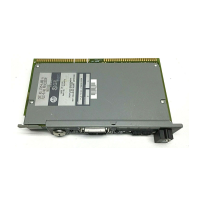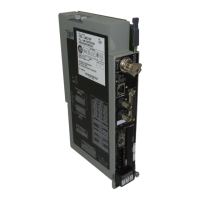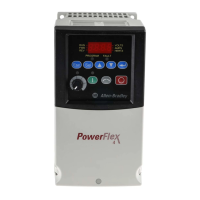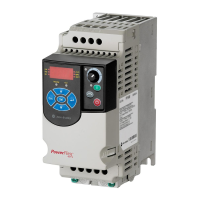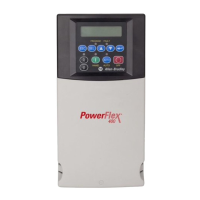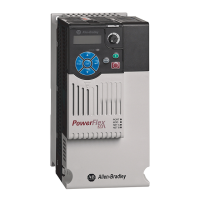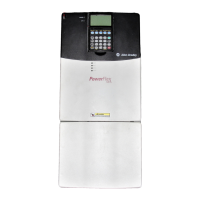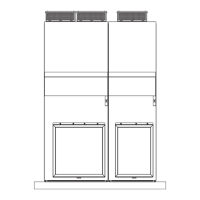Sequencer Instructions
Chapter 15
1510
The Sequencer Input instruction is a rung-conditioning instruction. It
compares machine input and other input data with data stored in the
data table for equality. It can be used alone or in a series and/or parallel
combination with other rung-condition instructions to determine the status
of an output.
The Sequencer Input instruction compares the status of up to 64 input
conditions with the contents stored in a sequencer table, bit by bit and step
by step. When the status of all input bits becomes equal to the status of all
bits in the current step of the sequencer table, the instruction becomes
logically true.
The Sequencer Input instruction contains a step counter that points to
the step in the sequencer file being operated upon. The counter is not
controlled by the instruction. Its accumulated value is indexed by logic
from elsewhere in the user program.
The Sequence Input instruction can be programmed in the same rung as a
Sequencer Output instruction and its step counter can be indexed by the
Sequencer Output instruction. The step counter in both instructions is
given the same address. When programmed in this manner, the Sequencer
Input and Output instructions will track through a controlled sequence of
operation. The length of the sequence is equal to the number of steps in the
sequencer table.
Up to four input word addresses can be specified in the Sequencer Input
instruction. Each input word has a corresponding mask word. The mask is
applied to the data at the input address when the bit comparisons are made.
When
the number of input bits used by the instruction is less than
16, 32, 48
or
64 for a 1-, 2-, 3- or 4-word Sequencer instruction, the bits not used by the
instruction
should be masked. This
allows unused bits (input terminals) of the
specified
input word to be used for purposes other than sequencer operation.
See Section 15.1.3 for additional information on masking.
Input instruction
Key sequence [SEQ] 1
Compares input data with current step in sequencer table for equality
Counter must be externally indexed by other instructions in user
program
Unused bits in input words can be masked
Requires 5-8 words of user programing depending on number of input
words used.
15.2
Sequencer Input Instruction
15.2.1
Operation of the Sequencer
Input Instruction
15.2.2
Masking Input Data
15.2.3
Instruction Overview
Artisan Technology Group - Quality Instrumentation ... Guaranteed | (888) 88-SOURCE | www.artisantg.com

